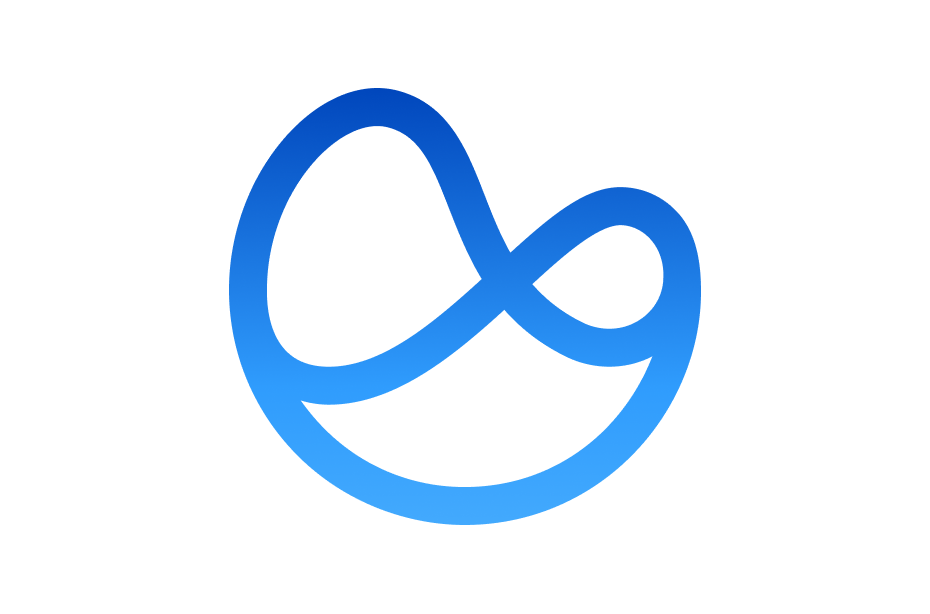Rapid Evaluation of the Virtual Ward at Croydon NHS
Croydon Health Services NHS implemented their technology-enabled virtual ward model in July 2020 taking the initial few patients onto the ward (27 patients over the first 3 months), followed by a full opening in September 2020 when it ramped up to monitoring a maximum of 30 patients on the ward at a time.
The virtual ward sits within Croydon Health Services NHS Trust in the Community Services arm of the Trust within their Rapid Response team.
Report Overview
This evaluation aims to give quick and early messages around the impact of a technology-enabled virtual ward. It looks at patients that were admitted to the Croydon Health Services virtual ward which used the Current Health hub to continuously monitor the health of patients that were acutely unwell and identify any health deterioration.
The evaluation explores a series of questions:
- Who are the patients being admitted to the virtual ward?
- What factors are essential to make the model effective?
- Did patients find using the technology acceptable?
- What is the patient experience of the service?
- How did the service impact on healthcare utilisation?
- Did the service deliver any cost savings?
- What were the patient outcomes?
Key Findings
Utilisation and Cost Savings
- Mean number of telephone contacts per virtual ward patient per day was 1.27, which was much higher than the control group, while home visits were lower in the virtual ward patients.
- The estimated cost saving per patient in terms of the shift to telephone contacts instead of home visits was £522.12, and bed days was £220.32, leading to a total estimated cost saving per virtual ward patient of £742.44 compared to the rapid responses control group.
Patient Experience
- Feedback survey scores were largely very positive, with over 87% of patients giving positive agreement with each statement given in the questionnaire. The areas patients were most positive about was the ease of learning to use the kit (89%) and the fact it was simple and easy to understand (89%).
- Patient experience scores were very high with a net promoter score of 55, which is classed as ‘excellent’, this means that most patients that completed the questionnaire would recommend the Current Health devices to family and friends.
- Patient interviews indicated that there had been a significant improvement to patients’ quality of life since being cared for under the virtual ward team.
Clinical Outcomes
- Readmissions and hospital admissions post-discharge from the virtual ward were relatively low, at 12% and 9% respectively
- Telehealth monitoring found significant pathology that was detected earlier or would otherwise not have been detected with possible fatal outcomes if not treated. This includes five patients with new pulmonary embolism, 2 with heart arrhythmias, 2 patients with obstructive sleep apnoea, and one patient with persistent tachycardia who was diagnosed with an incidental atrial myxoma.
Patient Reviews
“I know I am being monitored. It saves having to go to hospital or having a doctor keep visiting me. As they can check my vitals all online”
“I think it was better [than hospital treatment], it was a personal touch… you got to know nurses so well. It was like having a named nurse to yourself. That’s the way I saw it…. In hospital, there’s a ward full of patients and one nurse responsible for everyone, at home, I was alone and had the nurse to myself … that’s the way I saw it.” – Patient describing care in their home
“Excellent service and feel very confident that I’m being looked after. Dr’s and nurses are lovely”


![[Webinar Recording]This Way Home: Top 10 Predictions for Care at Home in 2025](https://www.currenthealth.com/wp-content/uploads/2025/01/DSG-846-JAN-WEBINAR-LINKEDIN-16_9-AD2-P2.jpg)